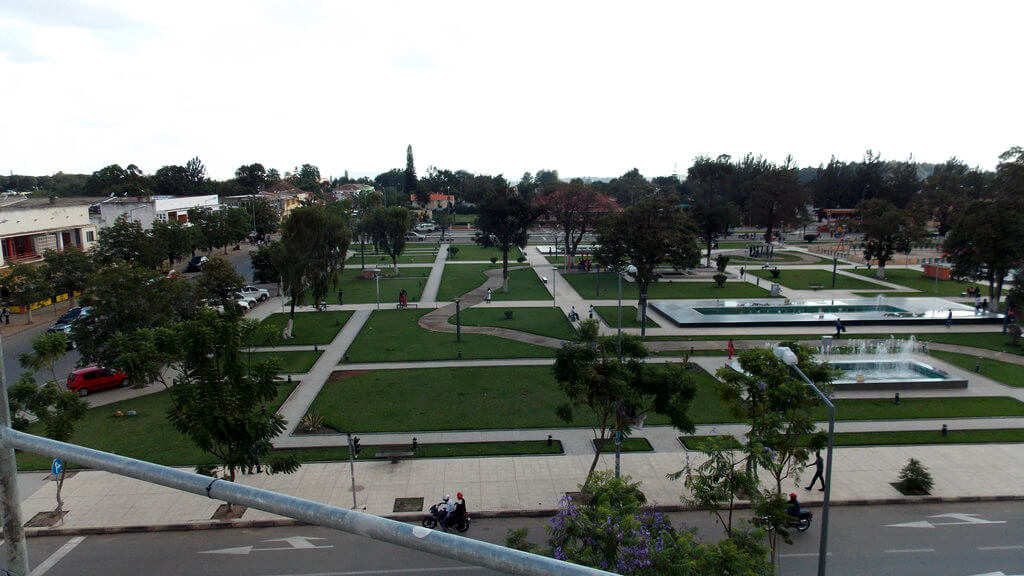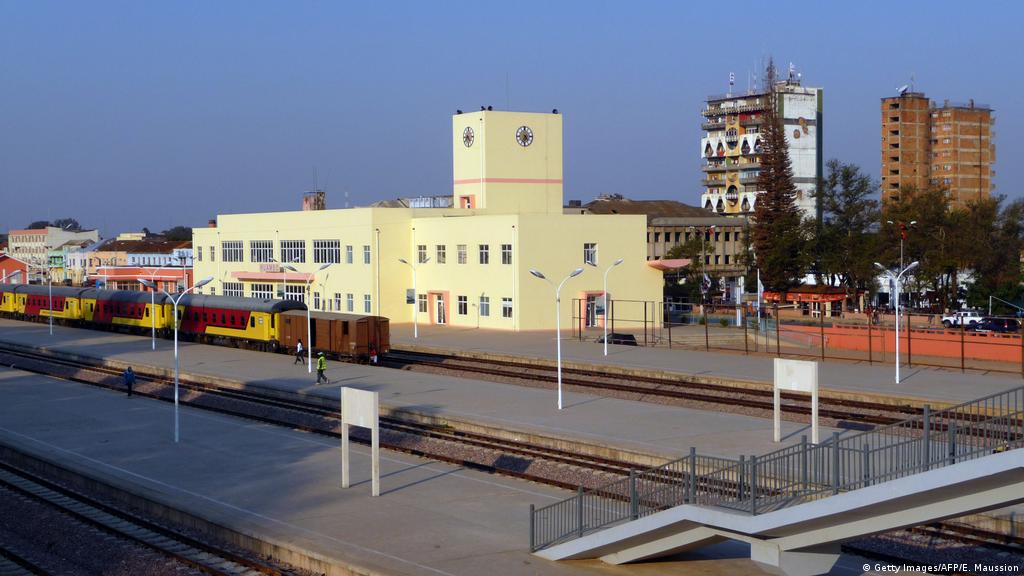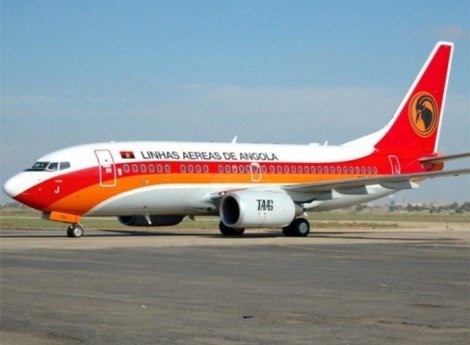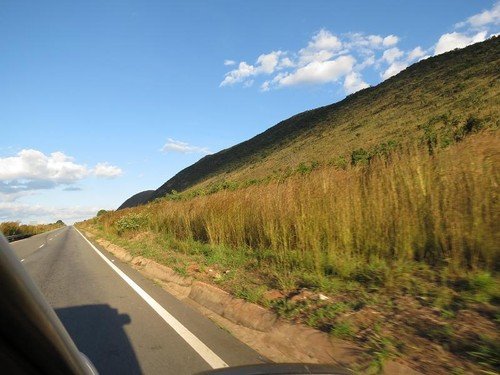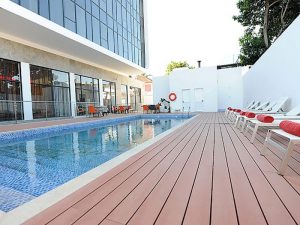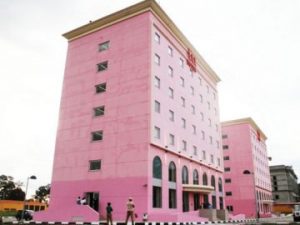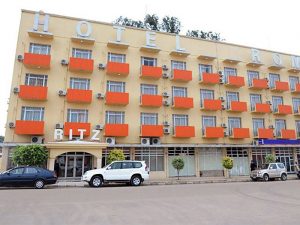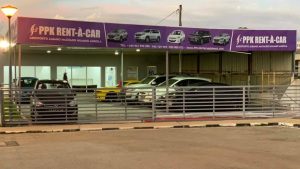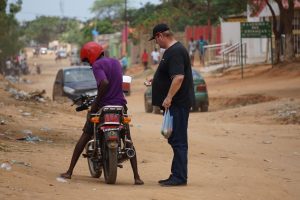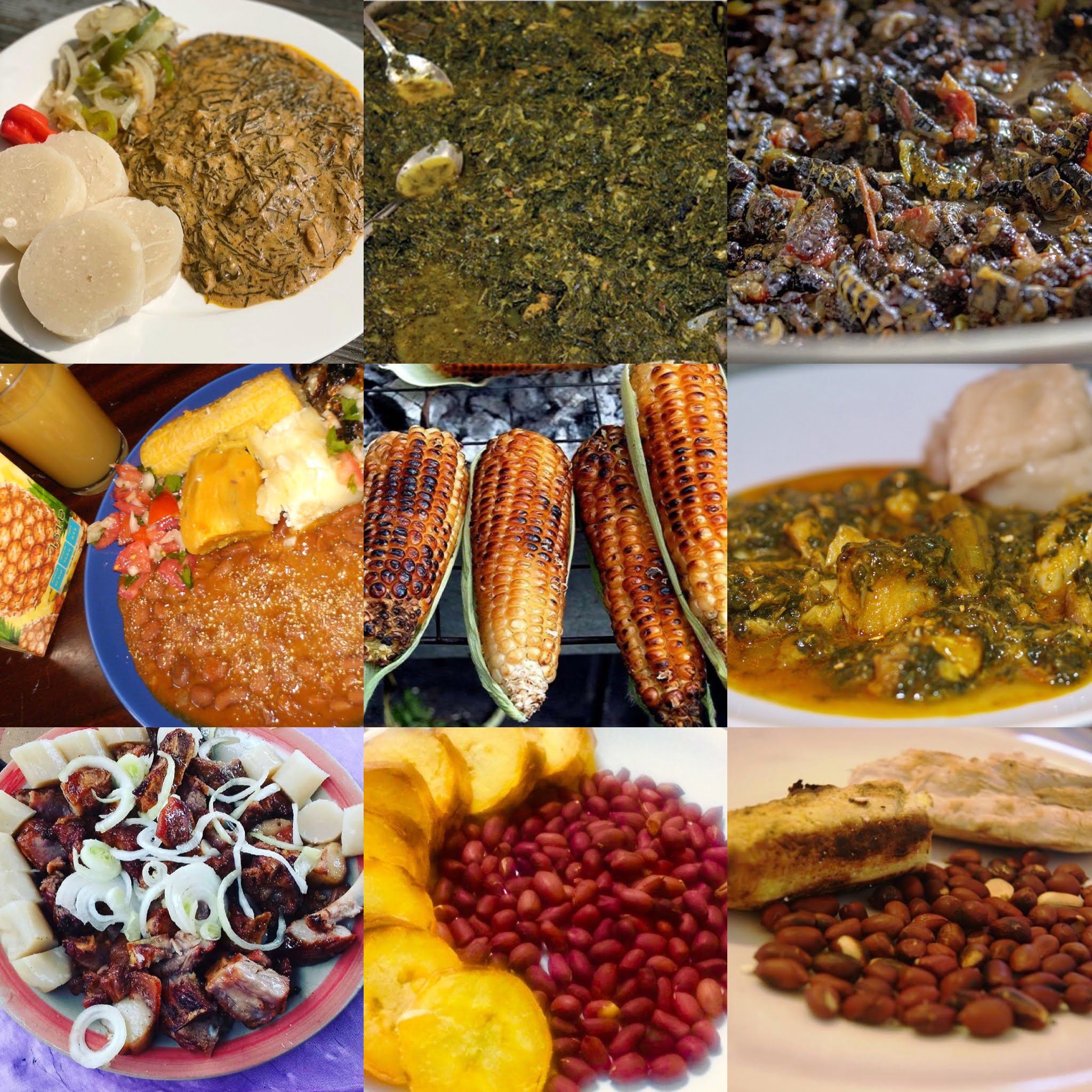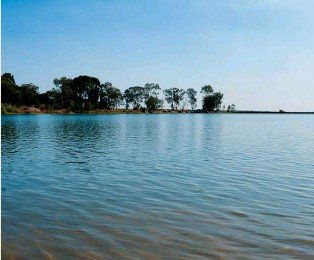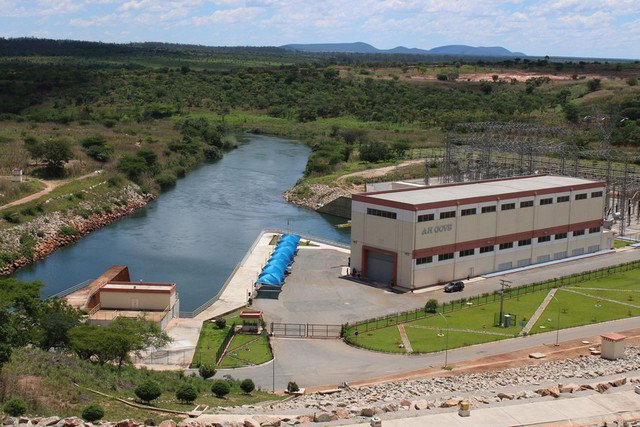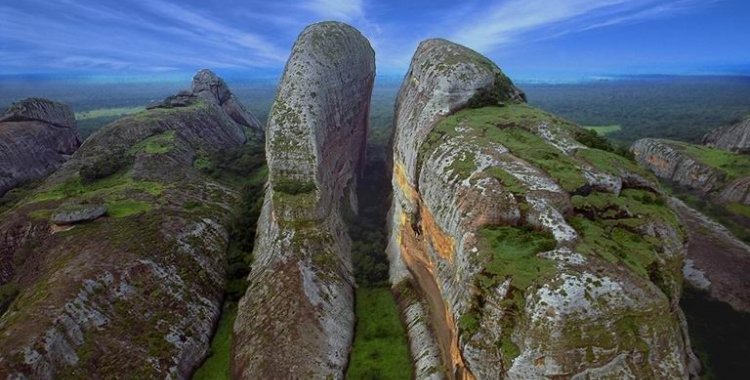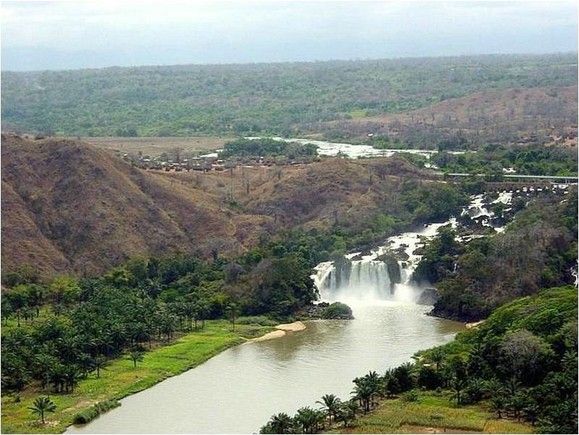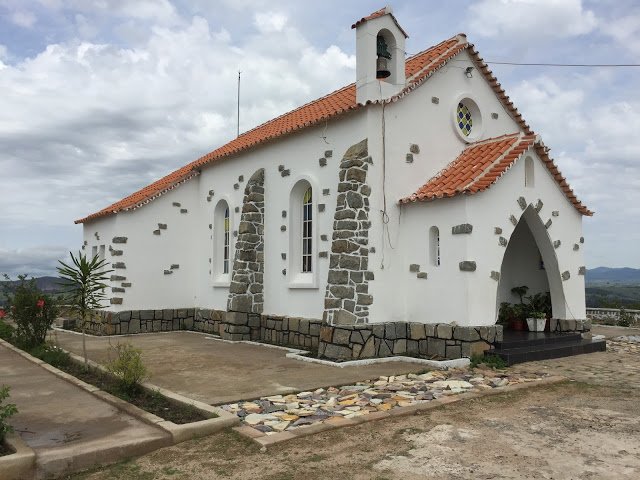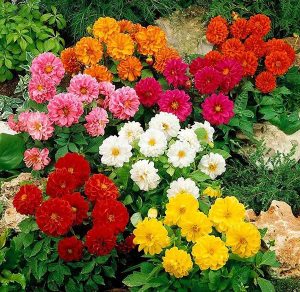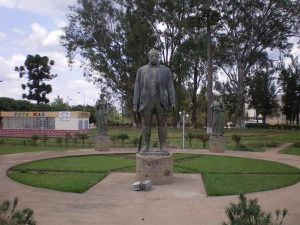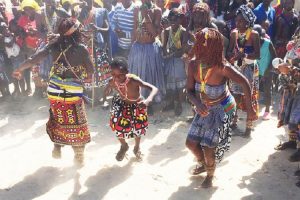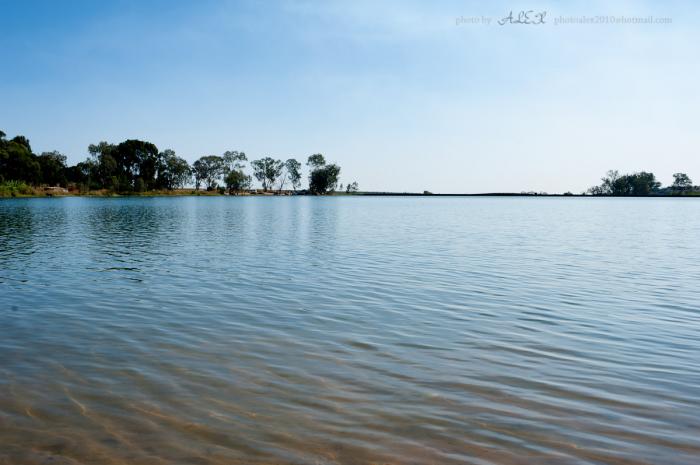- Huambo
History
The province of Huambo was founded in 1910, it was first known as "Distrito do Huambo" until 1928. After this period it was renamed "New Lisbon". It was only after independence in 1975 that the province started to call it “Huambo” to this day.
The city of Huambo was founded by Norton de Matos, and was later renamed “Nova Lisboa” by Vicente Ferreira.
The word Huambo derives from Wambo Kalunga, which was the name of the founder of the Kingdom of Huambo. As for ethnic groups, the province of Huambo is divided into the following 3 ethnic groups; sheep, gangues, kiosks. It is represented in greater number by Ovimbundus.
Geography and Demographics
- Total area - 34,270 km2
- Population - 2,309,829
- Climate - Altitude Tropical
- Average temperature - 19°C
- Official language – Portuguese
- Traditional language – Umbundu
Huambo province is located in central southern Angola and the capital is the city of Huambo, most of the population belongs to the Ovimbundo ethnic group.
Its central location made this city an important railway hub for the Benguela line, which brought copper from the Democratic Republic of Congo and Zambia to the port of Lobito for export.
- Train station – CFB (Huambo)
The province of Huambo has 11 municipalities which are as follows: Huambo, Londuimbale, Bailundo, Mungo, Tchindjenje, Ucuma, Ekunha, Tchicala-Tcholoanga, Catchiungo, Longonjo, Caála.
The climate in this region is tropical in altitude, with average temperatures of 19ºC, with two seasons: a dry and cold one and a rainy one, where the heat is hardly felt due to constant rainfall.
It is located at 1,700m above sea level and at the height of the cacimbo, between May and August it can be very cold, especially at night when the temperature can drop to 4ºC.
How to get
By Plane
Flights to Huambo depart from the city Luanda, which is the point of intersection between the remaining provinces. In Luanda, you should go to the domestic airport to purchase tickets for the TAAG Angola Airlines bound for Huambo (Airport Albano Machado).
By Bus
To arrive by land, there are agencies that specialize in moving people from one province to another. We have the following companies that travel with comfortable buses: Macon, AngoReal.
Train
To arrive by train in the province of Huambo, you must take a flight at the domestic airport (Luanda) with destination to Moxico or bié. Then head to the city's train station to catch a train to Huambo. There is also a railway line that leaves from Lobito and passes through Huambo.
- TAAG Angola Airlines
- via land
Where to stay
Huambo is a province of Angola that receives numerous visits from foreigners and nationals, for its beauty and for having a very warm people, full of affection.
As a choice to stay, there are hotel units as a choice:
- Hotel Ekuikui I
- IU – Huambo
- Ritz Hotel – Huambo
Transport
rent a car – With the company PPK rent a car that provides services inside and outside the province.
Candongueiro – private taxis, which carry a large number of passengers and have specific stops.
Coppapata motorbike – Motorbikes that leave the passenger until their final destination.
- Rent a car – Huambo
- Bike taxi
- Candogueiro
Typical dishes & where to eat
The province has a very strong cultural identity. But than getting to know the province, it is also necessary to know its gastronomy, which is popularly known in Angola as “the delicacies of the land”.
- land delicacies
Where to eat
As options for tasting the local delicacies, you can visit the following restaurants:
- the chicks;
- Huambo Restaurant;
- Tilena restaurant;
- Confectionery and Restaurant Nova Lisboa.
What to do
It is in Huambo that the Kavongue Forest Reserve is located, with an area of 39km, and 20km from the capital is the unavoidable Albufeira do Kuando, which has a rare beach on the plateau, due to the Ngove Dam, with excellent conditions for swimming, sport fishing and sailing.
- Albufeira do Kuando
- Ngove Dam
Visit Morro do Moco
It is also in this province, south of Luimbale and about 42km southwest of the city, in the municipality of Ekunha that the Moco Hill, the highest point in Angola, at 2,620m. Monte Moco is an attraction for practitioners of rappelling, hang gliding and canoeing.
- Moco Hill
Canoeing on the Keve River
About 90km west of the city of Huambo are the Mupas do Cuiva, in the municipality of Ukuma, with waterfalls and rough waters suitable for sport canoeing.
- River Keve
Visit Nossa Senhora do Monte in the municipality of Caála
Caála is located 23km west of the main municipality and it is here that we find one of the first reconstructed churches in the province, the chapel of Our Lady of the Mount.
- Our Lady of the Mount
Additionally, the Center for Floral Studies and the Center for Studies of Sacaála, the Paços do Concelho, the Municipal Anthropological Museum, the Huambo Regional Museum, the Ruins of Embala Grande and the Tomb of King Ekuikui, in Bailundo.
What to bring in the suitcase
- Winter clothes;
- Cash money converted into national currency (Kwanza);
- Footwear;
- Sunglasses;
- skin moisturizing creams;
- lip moisturizer;
- Camera.
Tips for managing your expectations
Everywhere in the world there are coexistence rules that vary greatly from one place to another, meaning what is right in one place may be wrong in another place. So here are some tips to manage your expectations in Huambo:
- The service in the hotel units may not be “Excellent” as expected;
- To dive in rivers it is necessary to know if it is a river open to the public, or if it will be necessary to ask permission from the local authorities “Soba” to go diving;
- For foreigners, when making purchases in informal markets, you must be accompanied by a tourist guide so that the sellers do not change the prices of the products.
- Candongueiro Taxis do not leave the passenger until the door of the house, there are specific stops;
- In some municipalities they do not have electricity;
- In other parts of the province there is no coverage of the mobile network, it is advisable to take phones via satellite as a form of security “Thuraya“;
- Most cities to visit require cars with 4×4 traction, the roads are difficult to access.
What to take home
As a souvenir of your visit to Huambo, you can take the following items home:
- take the dahlias, a flower of which it is said that there are more than 500 varieties in the province of Huambo.
- Take a photo of the Norton de Matos statue.
- Take a traditional Olundongo-style musical disc.
- Dahlia flowers
- Norton Statue of Mato
- traditional dance olundongoo
Finally, you can enjoy a complete visit to the city of Sulanos.
Please let us know if this article was helpful to you in the comments below.
Enjoy it!

